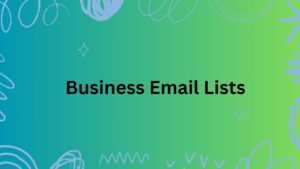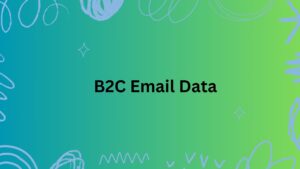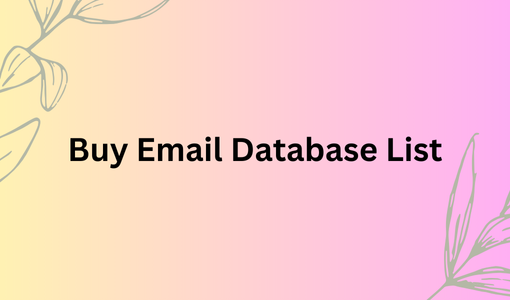The Goldilocks Principle of Email Frequency
When it comes to email marketing, frequency is a sensitive topic. Too little emails mean your subscribers may forget that you exist, while too many will annoy them and they will classify your messages as spam. You have to remain with the “just right” number of emails sent that will keep your subscribers interested without overwhelming them.
Factors to Consider
The best email frequency depends on quite a number of things:
Subscriber Engagement: How frequently are your subscribers opening and/or clicking on your email messages? If your open and click-through USA Engineers Email List rates are high, you could probably e-mail more frequently. Content Quality: What’s the quality of your content? Is it significant and relevant to the subscriber? High-quality content would justify increased frequency. Industry Standards: What is the typical email frequency in your industry? Research your competitors to get a sense of what’s considered normal.
Subscriber Preferences: Are you asking your subscribers how much they would like to hear from you? Consider offering a preference option to change the frequency of their emails.
General Guidelines
Although there really is no one-size-fits-all answer, here are some general guidelines:
To the new subscribers, send a welcome mail and follow it up with a few emails in the first week or two; this develops the rapport and introduces them to your brand.
For the rest of your subscribers, try as much as possible to be consistent; that is, send weekly or bi-weekly emails. Still, give room for flexibility based on the level of activity of your subscribers.
Time-sensitive promotions: If the events or offers are those that will expire with time, then emails can be more frequent.
Evergreen content:
Content that is termed as evergreen can be sent via less frequent emails.
Personalization and Segmentation
Personalization and segmentation can also help you optimize your email frequency. This approach will provide you with an opportunity to send targeted emails to the different segments of your audience and ensure they receive relevant and valuable content for them.
Personalize your emails:
One good way of engaging your recipients with Spain Email Address your emails is through the use of the recipient’s name and other personal information.
Segment your list: Divide subscribers in accordance with demographics, interests, or behavior to send better and more relevant materials to them.
A/B Testing
This A/B testing is something worth trying in determining the best frequency for email sending. You will see, when you send different segments of your emails, the open rates, click-through rates, and other metrics, which will help you determine what works best.
Conclusion
Frequency is all about experimentation-above observations to help you make sense of trial and error. In fact, optimizing your email marketing strategy and nurturing better relationships with subscribers could be possible by considering factors mentioned above and making use of personalization, segmentation, and A/B testing.




